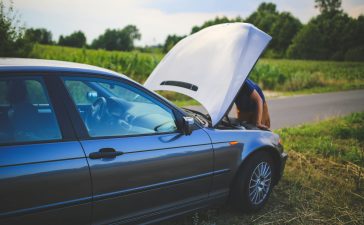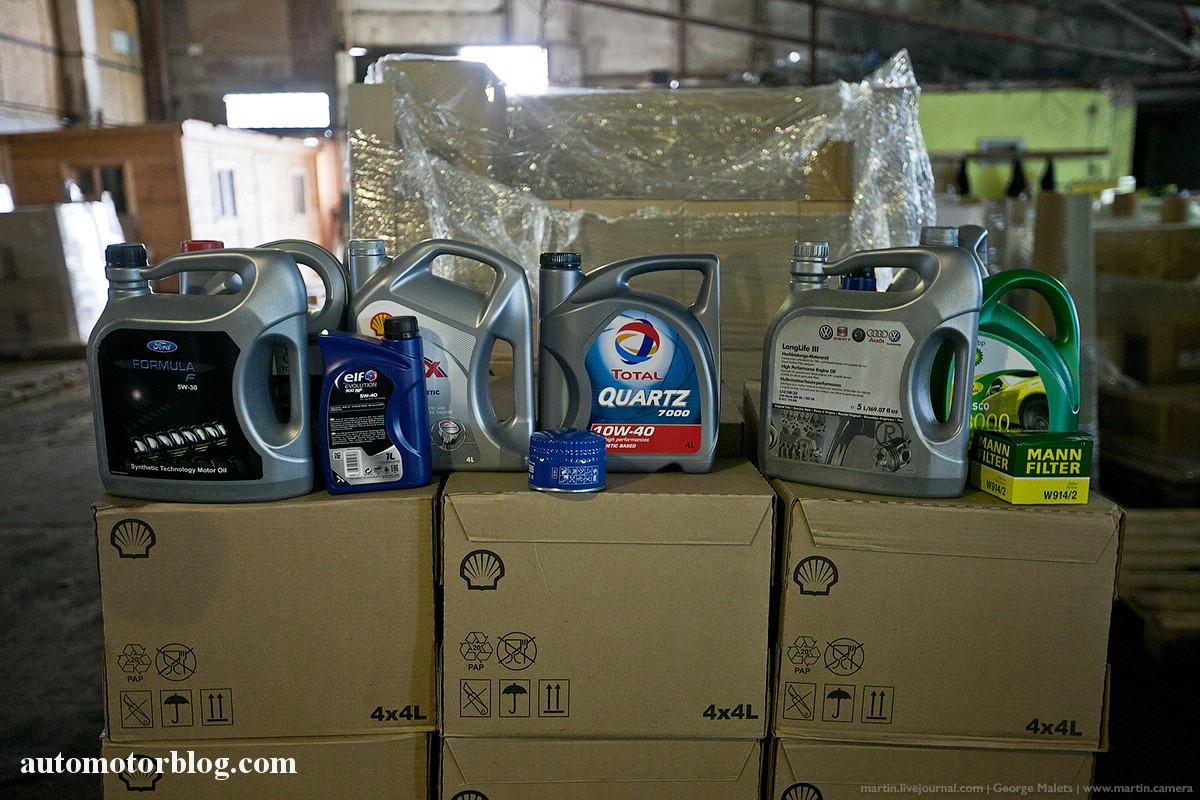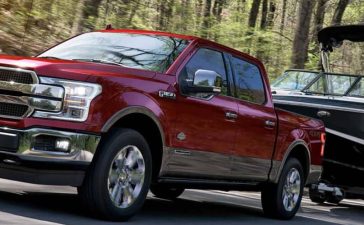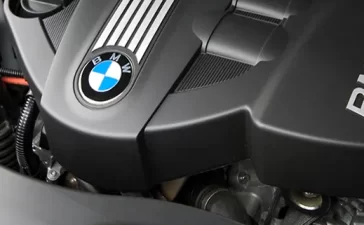There has been a growing popularity of purchasing damaged vehicles through the websites of companies such as Copart among car enthusiasts, mechanics, and cost-conscious consumers. These auctions encourage one to buy automobiles that would otherwise have been hard to access at a very small percentage of the retail cost. But on the back of the possible savings, one will find a complicated procedure full of risks and rewards. Are damaged cars from Copart a dangerous business? So, let us see how this idea may be discussed.
Table of Contents
What are damaged cars from Copart, and how does the platform work?
Copart is one of the biggest online auction websites worldwide that deals with salvaged and damaged cars, which are generally involved in accidents or natural disasters. The site serves many groups of buyers, professional and non-professional individuals seeking bargains. Individuals can sign up with the site and search through a large selection of cars, trucks, and commercial vehicles.
Vehicles have been classified based on the extent of damage to the vehicles and location, and are auctioned under bid. After the registration, consumers get to attend live auctions via a simple-to-follow bidding process. Copart also offers its services via brokers to streamline the process of participation for non-professionals so that new entrants can have an easier time gaining access to the global auctions and bidding without having a dealer license.

Where do the vehicles come from?
Most of the wrecked vehicles you can find on Copart are sourced by insurance companies, fleets, and lease companies. As an illustration, cars written off by the insurance companies as a total loss due to road accidents end up in the Copart stock. Also, the fleets hired by companies (like ride-sharing services) or major companies often sell old or broken cars on these websites. Copart is known not only in the United States but also in Europe, with buyers all over the place.
Do you plan to find a dinged-up family car or a totaled high-performance vehicle to repair, or do you want to keep an eye out for virtually every single preference? Copart has possibilities for such options.
Pros and Cons of Buying Damaged Cars
Cost Savings: The main and foremost benefit of purchasing damaged cars is the reduced cost that will have to be incurred. The price of the salvage vehicles is very low compared to the price in the market, and hence, people get the chance of purchasing a model that might have been unattainable. This comes in handy, especially to those willing to acquire luxury or rare cars at a very pocket-friendly price compared to the market price.
Unique Finds: Sites such as Copart often sell rare / discontinued models, and therefore it is perhaps a site of appeal to hobbyists and collectors. Such automobiles can be readily accessible on the sites, which are difficult to locate through other sources.
DIY Projects: Broken cars are an ideal partner for anyone who wants to work with things. Refurbishing these cars is both a satisfying process and it is profitable in case it is successful. Some of the buyers gain satisfaction by reviving a car that has been neglected.
The Disadvantages of Buying Damaged Cars
Unexpected Costs: The amount of money you pay to enter a car repair facility can be appealing, but once you enter it, the value of the transaction can start to increase rapidly. The costs of buying parts, labor, and reconditioning the vehicle to obtain roadworthiness may even surpass expectations, especially where latent defects are discovered.
Risk of Hidden Faults: Buyers face the risk of not realizing they were purchasing cars with huge structural problems or mechanical difficulties without proper checks. Repairing the damages can be erratic, as some of the problems can also be revealed after the work on repairs has begun.
Requirement for Expertise: An understanding of automobiles is usually required to make successful purchases. In its absence, customers will find it difficult to estimate the actual status of their purchase or vessels or the accurate cost of repair, which results in a loss.
Considering such advantages and disadvantages, potential buyers could estimate whether buying a damaged car is compatible with their intentions and possibilities.
How to Reduce the Risks You Face and Increase Your Chances of Making a Successful Purchase Investment
Vehicle history reports are important to use when there are damaged cars involved. The reports provided by such providers as Carfax or AutoCheck may provide information about the accident history of the car, whether it has been damaged by flooding, or has odometer errors. Such understanding will enable potential customers to make major mistakes or spend a lot of money on purchasing used cars without further repair.
Perform Pre-Purchase Inspection
Visit the car personally or take an expert to appraise the car if it is possible. Carefully examine photos that Copart presents, looking at the crucial parts of it like the chassis, engine, and transmission. It is also possible to detect any hidden defects not seen with the naked eye by undertaking professional diagnostics spending on the equipment.
Budget with Repairs in Mind
In determining your budget, you should consider the cost of repairs, transport, and the cost of the auction. Getting repair quotes from trusted mechanics ahead of time will help you not going over budget. Also, research the number of available spare parts and their prices that are available to be bought according to the particular model because in this case rare spares can understandably push the final sum multiple times higher.
Get a Historical Auction Price Analysis With BidSpace
A valuable resource for buyers is the BidSpace platform, which allows users to view historical auction prices from Copart. When you have the benefit of knowing what other damaged cars have been selling for in the past by getting into the BidSpace, you will be able to determine whether a vehicle is a good value at the current price it is up at auction. The tool can also facilitate the determination of trends and changes in the market. It is easy to form realistic expectations and not overbid. Using historical data of the prices in the platform of the BidSpace platform puts the buyer in a strategic position, removing most of the guesswork used in bidding on the salvage vehicles.
Apply Auction Strategies
Make a walking strategy for entering an auction. Have a limit and don’t go beyond it, since it can be easy to make emotional purchases. Avoid vehicles that have improper documentation or that contain unclear descriptions because they can indicate something more serious. Considered bidding with an intention of taking a slow approach is much more effective as compared to early auctions without proper preparation.
Final Thoughts
Purchasing a damaged vehicle at Copart may be a great option when one is interested in various models, needs to save money, or wants to work on the restoration. Nonetheless, it also has its quota of risks. It is all a matter of research, consultation, and expert bidding that will lead to success. Adhering to the recommendations mentioned above, you are more likely to differentiate between well-concealed treasures and dangerous projects and turn your investment in an ill-looking car into a successful deal.












